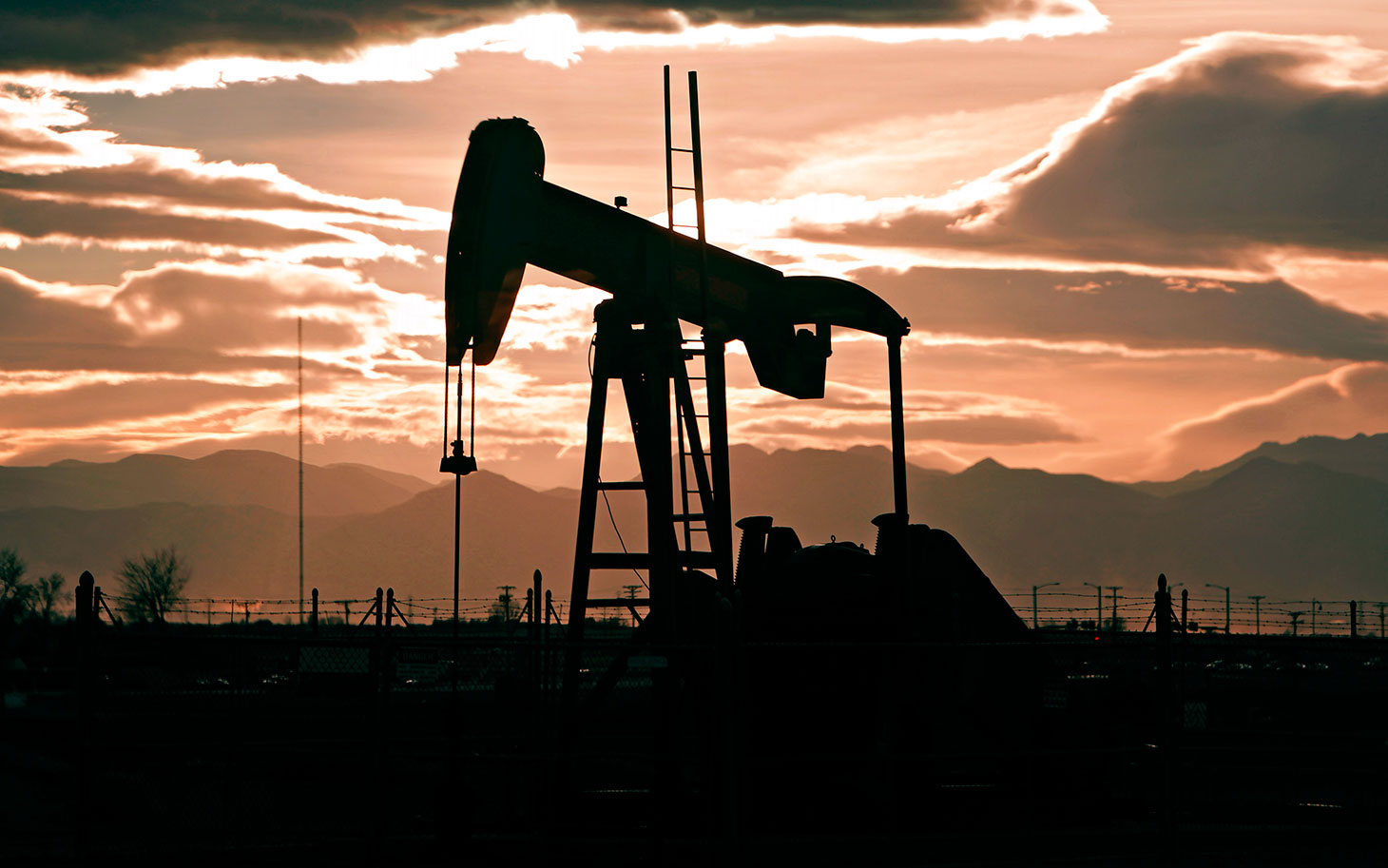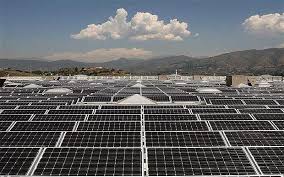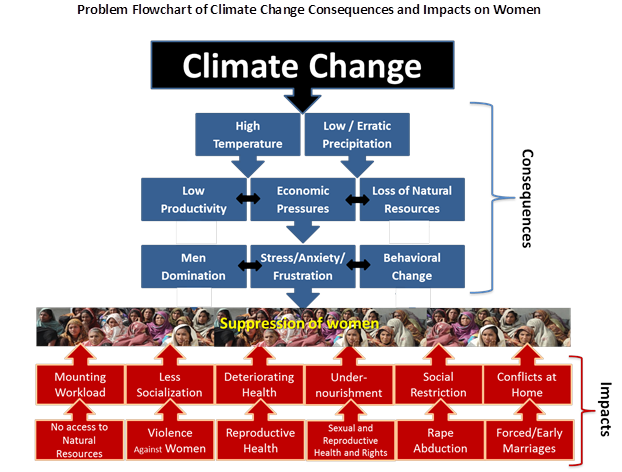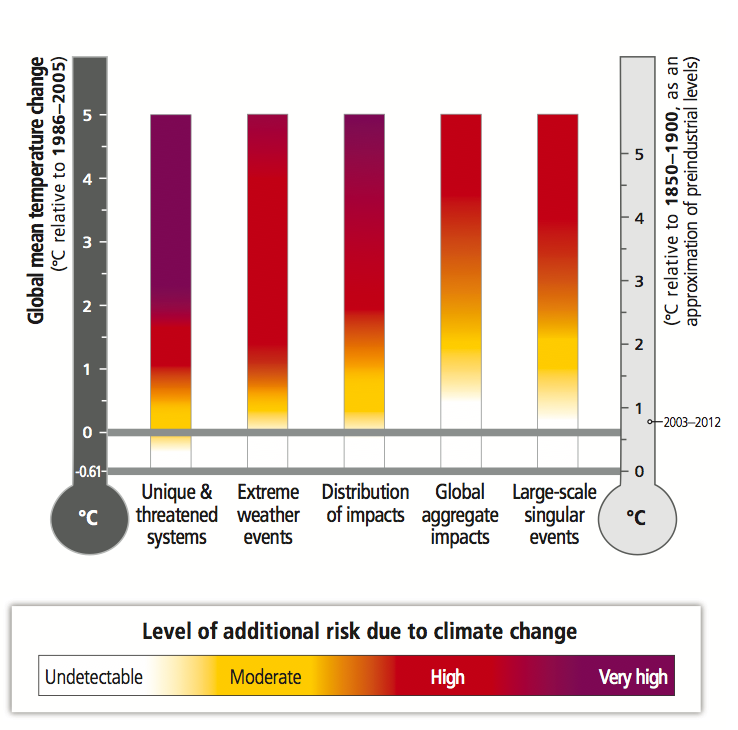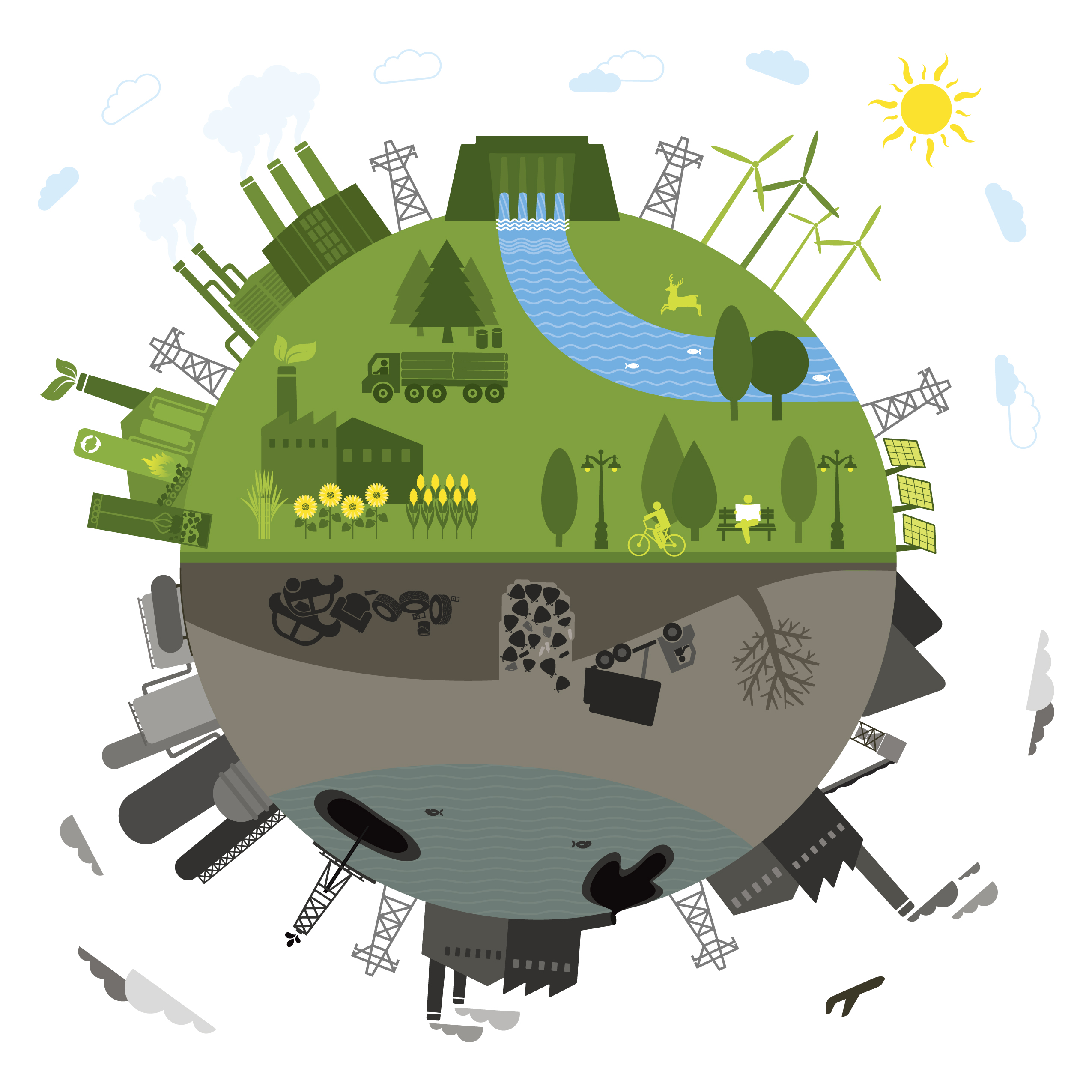Within the Mosaic courses, we focus mainly on the UNFCCC and, thus, almost exclusively on CO2 emissions. However, in ECON-222: Environmental Economics, a group of us from the Mosaic had the opportunity to research and learn about another greenhouse gas, one that is far more potent and dangerous to climate change: methane. CH4 is the second most prevalent greenhouse gas emitted through anthropocentric sources, has an atmospheric lifetime of twelve years, and has a one hundred-year global warming potential twenty-one times that of carbon dioxide. So, while it only accounts for fourteen percent of total greenhouse gas emissions worldwide, it is still a critical factor in the climate change realm; unregulated at its source, and methane emissions could undermine the work that the UNFCCC facilitates on carbon-dioxide emissions.
We focused on three main sources of methane emissions (agricultural sources, the oil and natural gas industry, and landfills) and employed various tools of economic analysis that we had learned previously in the course to critically analyze various policy options and make a recommendation as to which we believe is the most effective and cost-efficient. My main focus was on the oil and natural gas industry, which accounts 37 percent of global methane emissions. Natural gas is seen as a transition fuel away from fossil fuels for many economies that is both cleaner and readily available; while it may be cleaner in terms of carbon-intensity, that doesn’t mean it’s necessarily better for the environment, as between 80 to 90 percent of each cubic feet of natural gas is comprised of methane. Thus, most of the emissions in the industry come from natural gas processes, which is fraught with inefficiencies and opportunities for emissions to escape into the atmosphere. Thus, many of the major policy suggestions I evaluated in this research project focused on increasing efficiency along the natural gas supply chain. These policies further fell under two umbrella categories under increasing efficiency, one being the retrofitting and upgrading of existing equipment along the supply chain to mitigate emissions escaping in the first place, and the second being the capture and sale of those emissions that do escape. Policies under both umbrella categories are currently being employed, and have proven to be cost-effective in both achieving emissions reductions and increasing revenues for the industry as a whole
This project offered an exceptional opportunity to complement what I’ve learned in the Mosaic classes and to delve into the intricacies of my chosen field of study (economics) and how it relates to climate change generally.
For more information on methane emissions specifically in the US, visit the EPA website.
For more information on the methane emissions from the oil and natural gas industry and for an in-depth look at proposed emissions control policies, read through the Natural Resources Defense Council’s Leaking Profits: The U.S. Oil and Gas Industry can Reduce Pollution, Conserve Resources, and Make Money by Preventing Methane Waste report from 2012.

